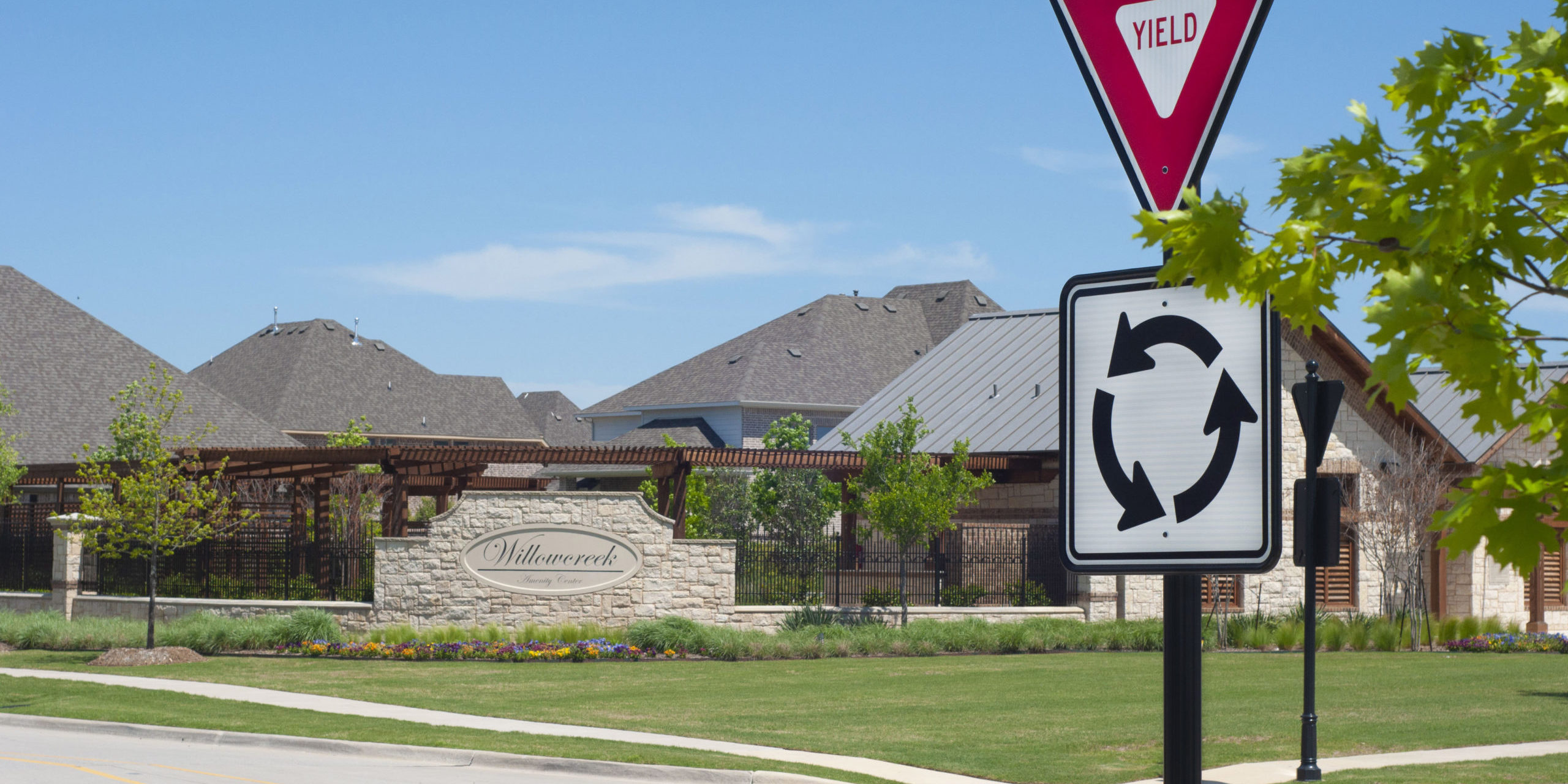What Is A Complete Street?
The phrase “complete street” is often used by urban planners, politicians, and transportation engineers to describe streets designed to enable safe use and encourage access for all users, regardless of their mode of transportation. The complete street concept is intended to provide a safe environment for automobiles, pedestrians, bicyclists and public transit users. According to the National Complete Streets Coalition; wider and improved sidewalks, bike lanes, crosswalks, center left turn lanes, landscaping and street trees, and curb cuts are typical components of a complete street project.
The complete street trend in the United States can trace its origins back to Oregon in the early 1970’s, where local leaders enacted policies that required any roadway projects to include bicycle lanes and pedestrian safety enhancements. Policies like the ones first used in Oregon became known “routine” accommodation” until 2003 when the National Complete Streets Coalition began using the phrase complete street. Over the last 50 years, advocates of these policies believe that transportation costs are reduced, safety improvements are two of many benefits from reimagined roadways in urban areas. Other benefits may also include 1) the adoption of healthy habits including walking and biking, 2) stimulation local economies through the revitalization of city centers which create a sense of community, and generally improve adjacent property values.
The planning and development of a complete street approach varies between each city or community based on the existing infrastructure and traffic patterns. Among the components in a complete street project, pedestrian scale lighting, benches and waste receptacles are essential for not only aesthetics but also for safety and usability in the renovated space.
Decorative Post Top Lighting and Street Furniture in Streetscape Design
Lighting is important for pedestrians, cyclists as well as motorists. The proper utilization of street lighting enables a safe environment and encourages pedestrian traffic during after sunset hours. Lighting also affects the way spaces are experienced. The ambience it helps create improves the experience and makes the space memorable. Bollards, trash cans and other street furniture items also improve the experience of public spaces.
LED light posts with ornamental poles and globes, decorative street signs, benches and waste receptacles can be coordinated to accompany an antique design style or a more modern look and feel, depending on the overall streetscape plan within a complete street project.
Learn more about how Brandon Industries can meet your streetscape product needs.








